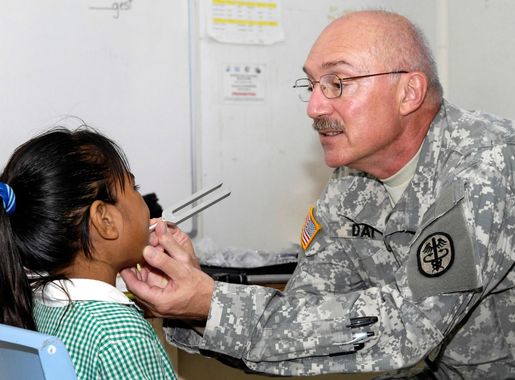
Aiwo: Heart of Nauru's Charms
Discover Aiwo, the heart of Nauru, where pristine beaches, rich history, and a warm community await to create an unforgettable island experience.
Aiwo, the bustling heart of Nauru, offers a unique blend of natural beauty and cultural heritage. Nestled on the western coast of this tiny island nation, Aiwo is known for its friendly locals and laid-back atmosphere. Despite its small size, Aiwo is rich in history and has a vibrant community that welcomes visitors with open arms. One of the highlights of Aiwo is its picturesque coastline, where you can relax on pristine beaches and enjoy the stunning views of the Pacific Ocean. The warm, crystal-clear waters are perfect for swimming, snorkeling, and diving. For those interested in history, Aiwo offers a glimpse into Nauru's past with remnants of World War II artifacts and phosphate mining history, which played a significant role in shaping the island's economy. Aiwo is also a gateway to exploring the rest of Nauru. From here, you can easily access other parts of the island, such as the Buada Lagoon, a tranquil freshwater lake surrounded by lush vegetation, and Anibare Bay, known for its beautiful coral reefs and abundant marine life. Whether you're seeking adventure or relaxation, Aiwo provides a perfect starting point for your Nauruan journey.
Local tips in Aiwo
- Visit the Aiwo District to experience local life and interact with the friendly residents.
- Take a walk along the Aiwo coastline during sunset for breathtaking views and photo opportunities.
- Explore the remnants of World War II artifacts scattered around Aiwo for a historical perspective.
- Try local dishes at Aiwo's eateries to get a taste of Nauruan cuisine.
- Rent a bike to easily navigate Aiwo and other parts of Nauru, as the island is small and bike-friendly.
Aiwo: Heart of Nauru's Charms
Aiwo, the bustling heart of Nauru, offers a unique blend of natural beauty and cultural heritage. Nestled on the western coast of this tiny island nation, Aiwo is known for its friendly locals and laid-back atmosphere. Despite its small size, Aiwo is rich in history and has a vibrant community that welcomes visitors with open arms. One of the highlights of Aiwo is its picturesque coastline, where you can relax on pristine beaches and enjoy the stunning views of the Pacific Ocean. The warm, crystal-clear waters are perfect for swimming, snorkeling, and diving. For those interested in history, Aiwo offers a glimpse into Nauru's past with remnants of World War II artifacts and phosphate mining history, which played a significant role in shaping the island's economy. Aiwo is also a gateway to exploring the rest of Nauru. From here, you can easily access other parts of the island, such as the Buada Lagoon, a tranquil freshwater lake surrounded by lush vegetation, and Anibare Bay, known for its beautiful coral reefs and abundant marine life. Whether you're seeking adventure or relaxation, Aiwo provides a perfect starting point for your Nauruan journey.
When is the best time to go to Aiwo?
Iconic landmarks you can’t miss
Menen Hotel
Experience the charm of Ibwenape at Menen Hotel, where comfort meets local hospitality in a perfect travel retreat.

Nauru Australian Immigration Detention Center
Discover the complex intersection of immigration policy and natural beauty at the Nauru Australian Immigration Detention Center.
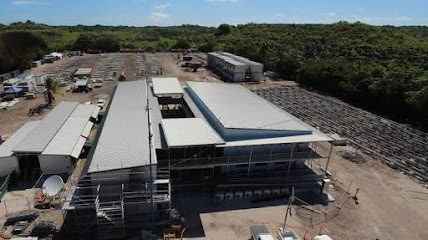
Capelle and Partner
Explore Capelle and Partner in Ronave for an unforgettable shopping experience filled with local culture, diverse dining, and vibrant entertainment.
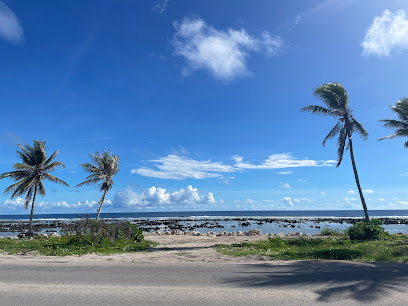
Ewa Lodge
Discover Ewa Lodge in Ronave for an unforgettable retreat surrounded by nature and local culture, perfect for relaxation and adventure.
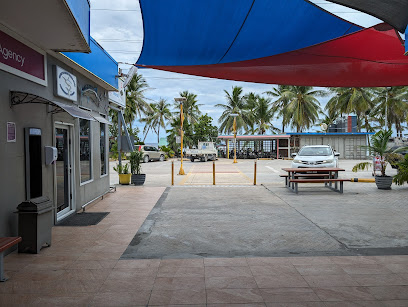
Geography of Nauru
Explore the stunning natural beauty and rich cultural heritage of Nauru, a hidden gem in the heart of the Pacific Ocean.

Od-N Aiwo Hotel
Discover the serene charm of Od-N Aiwo Hotel in Boe, where comfort meets local culture, providing the perfect base for your adventures.

Parliament House
Explore the architectural beauty and political significance of Parliament House, the heart of governance in Nauru, amidst stunning tropical scenery.
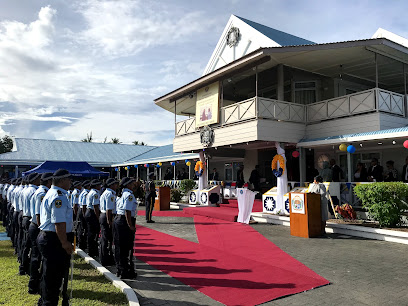
Nauru
Explore the untouched beauty and rich heritage of Nauru, a hidden gem in the heart of the Pacific Ocean, perfect for adventurous travelers.
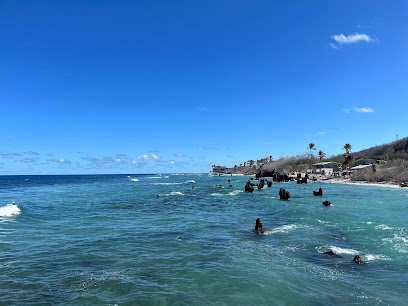
Anibare Bay
Discover the serene beauty of Anibare Bay, a tranquil paradise in Nauru perfect for relaxation and vibrant marine adventures.
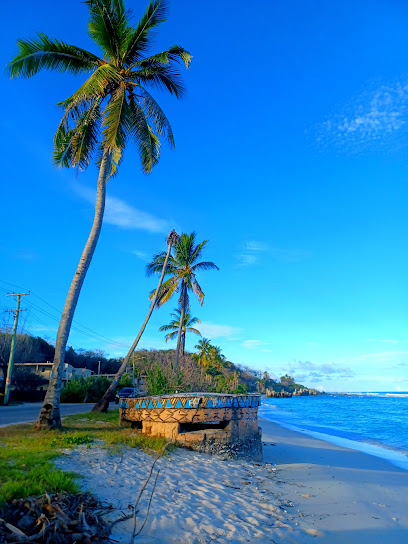
Naoero Museum
Uncover the rich history and culture of Nauru at the Naoero Museum in Yaren, a captivating journey into the island’s heritage.
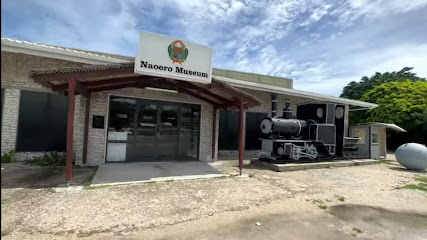
WWII Memorial Monument
Visit the WWII Memorial Monument in Orro, a solemn tribute to courage, sacrifice, and the enduring spirit of those who served during World War II.
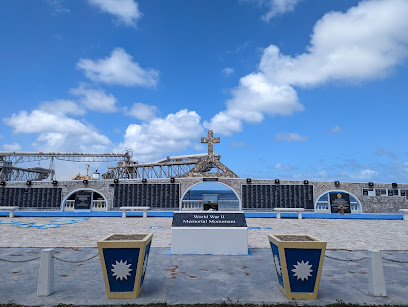
Buada Lagoon
Explore the serene beauty of Buada Lagoon, a hidden gem in Nauru, perfect for relaxation and nature appreciation.
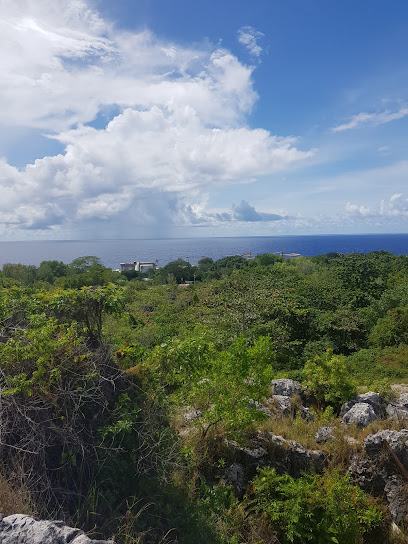
Moqua Well
Explore the tranquil beauty of Moqua Well, a stunning natural lake in Niue, perfect for nature lovers and cultural enthusiasts alike.
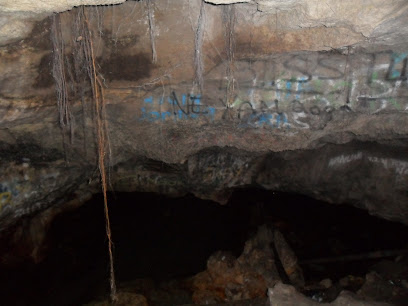
Central Plateau
Explore the breathtaking beauty of Central Plateau, a tranquil haven perfect for nature lovers and adventure seekers alike, offering stunning vistas and serene landscapes.

WW2 Japanese Bunker
Explore the WW2 Japanese Bunker in Anabar, a fascinating historical landmark showcasing the region's military past and strategic significance during World War II.

Essential places to dine
The Bay Restaurant
Experience exquisite seafood dining with breathtaking ocean views at The Bay Restaurant in Anibare, Nauru.
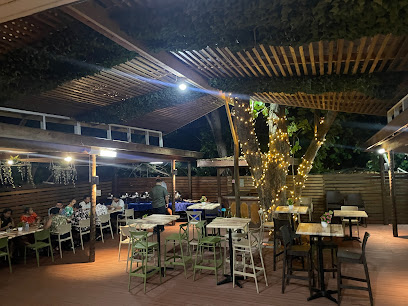
OMG Sushi Restaurant
Experience authentic sushi delights at OMG Sushi Restaurant in Orro, where freshness meets creativity in every bite.

Mr Chippies
Experience Anibare's culinary delight at Mr Chippies—where local flavors meet inviting ambiance for an unforgettable dining experience.
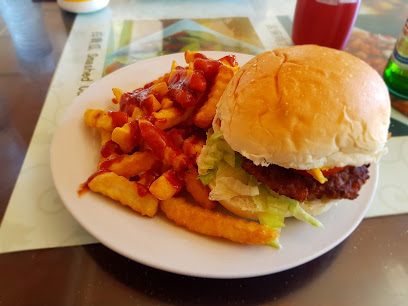
Star Kingdom
Experience authentic Asian cuisine at Star Kingdom in Boe – where every dish is a celebration of flavor and tradition.
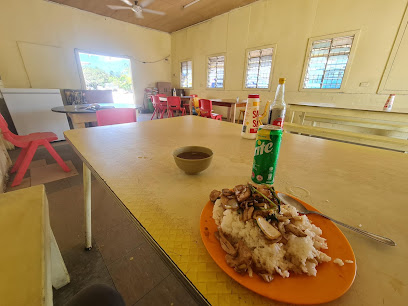
Chinese Restaurant Buada
Experience authentic Chinese cuisine at Buada in Arenibek – where tradition meets flavor in every dish.

Praises Restaurant
Experience the best of authentic Chinese cuisine at Praises Restaurant in Anabar - where every meal is a celebration of flavor.

Anibare Boat Harbour Restaurant
Experience local flavors with stunning harbor views at Anibare Boat Harbour Restaurant in Nauru.
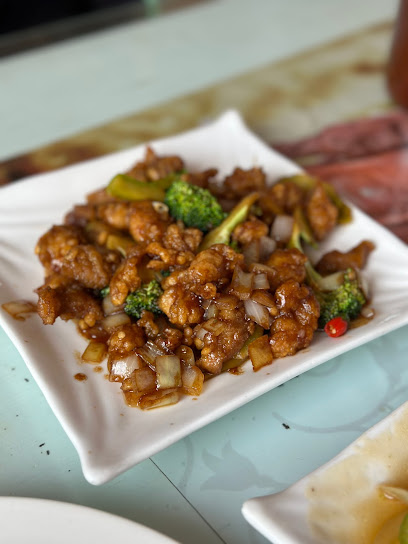
Florrowest Restaurant
Discover authentic local cuisine at Florrowest Restaurant in Boe—where every meal tells a story of tradition and flavor.
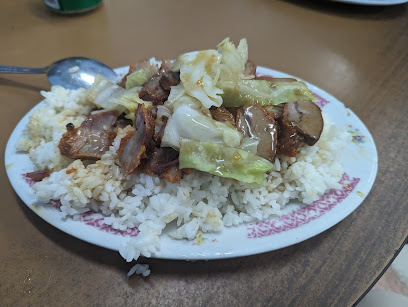
Somewhere Else in Nauru
Discover authentic Nauruan cuisine at Somewhere Else in Nauru – where every meal tells a story of local flavors.
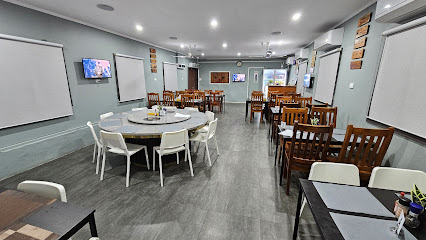
Lucky Tigeress Yum Cha
Indulge in the finest breakfast offerings at Lucky Tigeress Yum Cha in Arijejen – where every dish tells a story.
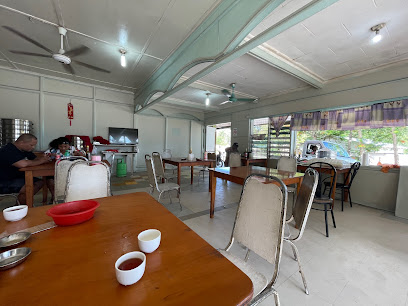
Moon River Restaurant
Discover authentic Chinese flavors at Moon River Restaurant in Arijejen's scenic waterfront setting.
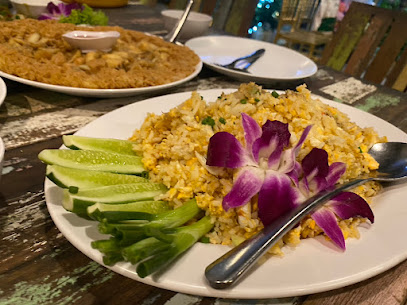
Jullem
Experience authentic Chinese cuisine at Jullem in Anibare, where vibrant flavors meet warm hospitality in a charming setting.
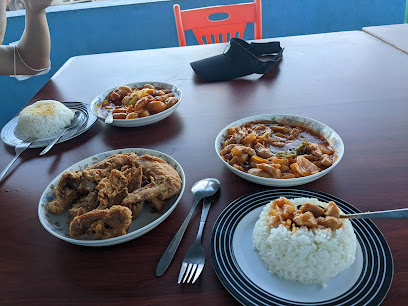
J’ RESTAURANT
Experience authentic Chinese flavors at J’ Restaurant in Arijejen's scenic waterfront setting.
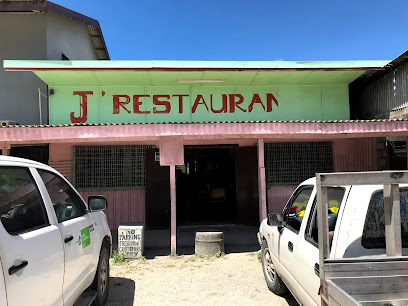
Double J
Discover the culinary delights of Double J in Ibwenape - where local flavors meet exceptional dining experiences.
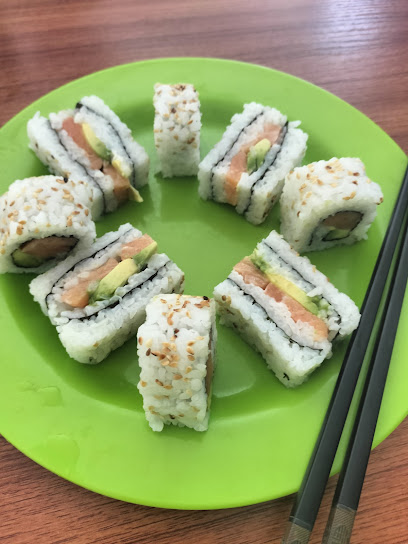
Crystal Kitchen
Experience delicious family-friendly dining at Crystal Kitchen in Anibare with diverse menu options perfect for all ages.
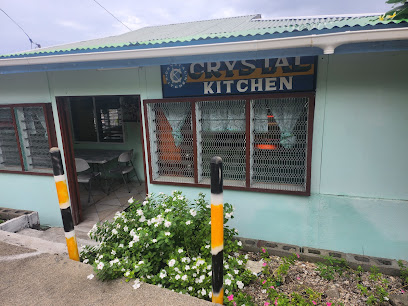
Markets, malls and hidden boutiques
Eigigu Supermarket
Explore local flavors at Eigigu Supermarket in Boe, where fresh produce meets authentic culinary experiences.
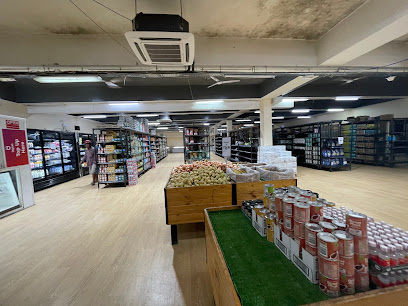
Pacific store
Explore the Pacific Store in Nibok for a delightful array of groceries, local snacks, and a warm shopping experience.
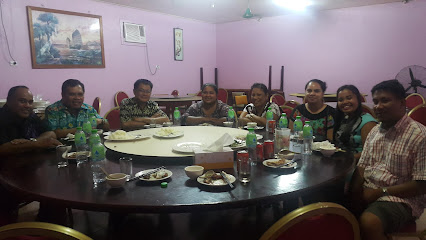
Zombies Store
Discover quirky treasures and local crafts at Zombies Store in Yaren, a unique general store that offers a delightful shopping experience.

Vim No.1 Store
Explore Vim No.1 Store in Arijejen for an authentic taste of Nauru - a local grocery experience with fresh produce and unique snacks.
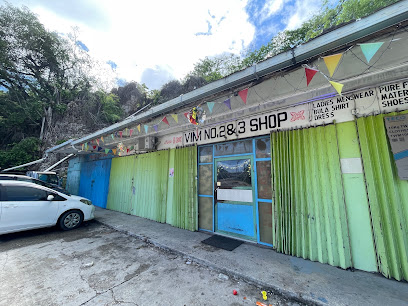
Ataro Bay Store
Discover local flavors and unique finds at Ataro Bay Store, your go-to grocery destination in the heart of the island.
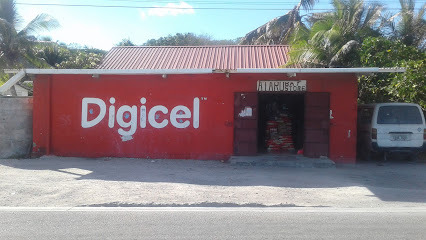
Elizabeth's Garden
Explore the enchanting Elizabeth's Garden in Boe, where unique local treasures and friendly service await every traveler.

Sunset Corner Enterprise
Explore Sunset Corner Enterprise in Borderline for local goods, essentials, and a taste of the community spirit.

Rainbow Store
Explore the Rainbow Store in Baiti for a delightful shopping experience filled with local treats and travel essentials.
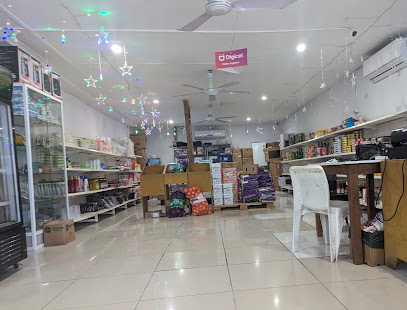
Tuka Luka Store
Explore the vibrant clothing collections at Tuka Luka Store in Yaren, Nauru, where style meets local culture for an unforgettable shopping experience.

MyStore
Experience the local charm and variety at MyStore, Yaren's favorite general store for all your travel needs.

Aredetõ Store
Aredetõ Store: Your essential convenience store in Arenibek, offering local snacks and everyday supplies for travelers.

Halo Store
Explore the heart of Arenibek at Halo Store, where local culture meets a diverse selection of essential goods and unique souvenirs.
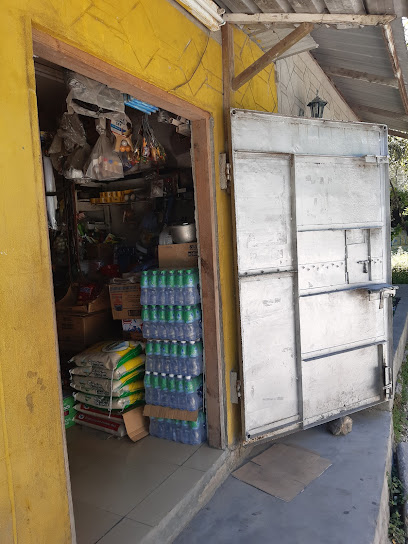
Abwan Warehouse
Explore Abwan Warehouse in Nibok, Arijejen for unique home goods and local artisan crafts that perfectly capture the essence of your travels.

Sparkle 7
Explore Sparkle 7: A unique smart shop that showcases local culture with an array of delightful products for every traveler.

IJ Store
Explore the authentic flavors of Ijuw at IJ Store, your go-to grocery destination for local produce and unique culinary delights.

Essential bars & hidden hideouts
The Bay Restaurant
Experience the best of Anibare's culinary delights at The Bay Restaurant, where stunning views meet exquisite flavors.
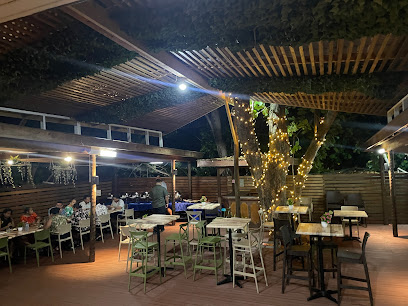
Od-N Aiwo Hotel
Discover a unique blend of comfort and local charm at Od-N Aiwo Hotel, your ideal retreat in the heart of Nauru.

Jules On The Deck
Experience the vibrant atmosphere and stunning views at Jules On The Deck, Nibok's premier bar for cocktails and lively entertainment.
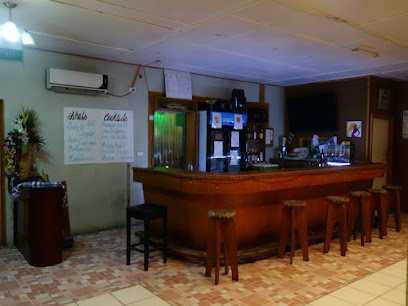
Eigigu Supermarket
Discover the flavors of Boe at Eigigu Supermarket, where local products meet authentic experiences in a charming grocery setting.
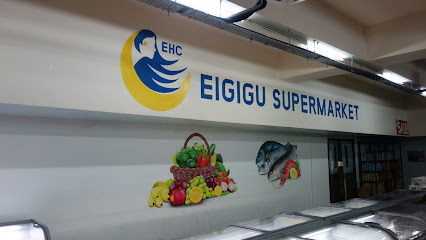
Reef Bar
Experience the vibrant atmosphere of Reef Bar in Anibare, Nauru, where stunning beach views meet refreshing drinks and lively social gatherings.
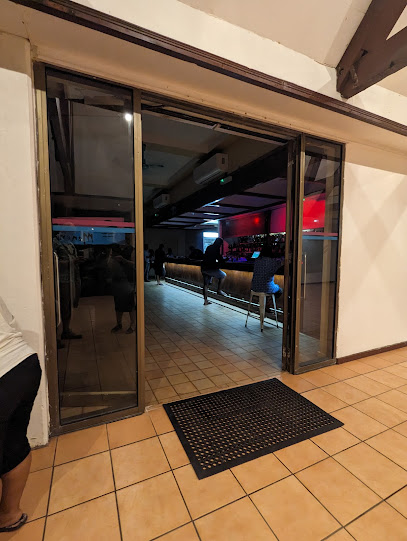
Mr Chippies
Discover the vibrant flavors of Anibare at Mr. Chippies, where delicious food meets a warm and welcoming atmosphere.
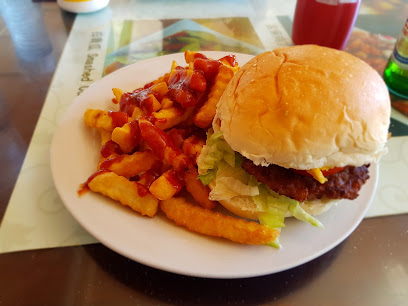
Anibare Boat Harbour Restaurant
Discover the flavors of the Pacific at Anibare Boat Harbour Restaurant, where culinary excellence meets stunning ocean views.
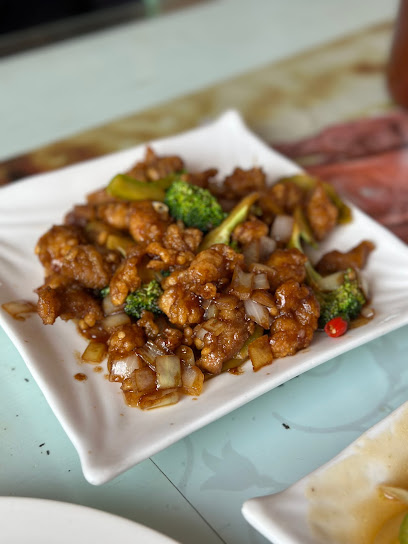
Florrowest Restaurant
Discover the exceptional flavors and warm hospitality at Florrowest Restaurant in Boe, a must-visit culinary destination for every traveler.
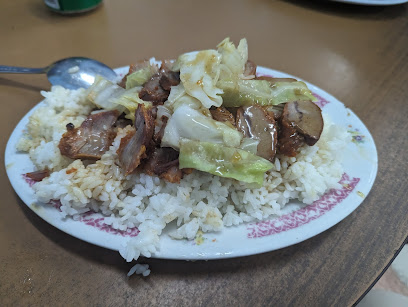
Golden Bridge Restaurant
Discover the flavors of China at Golden Bridge Restaurant, where authentic cuisine meets a warm atmosphere in the heart of Yangor.
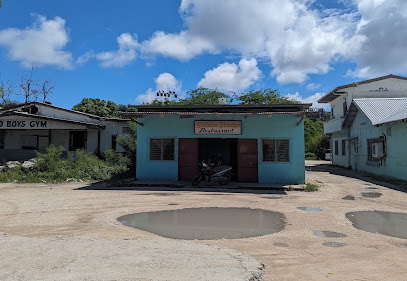
Milk Bar
Discover the creamy delights at Milk Bar in Yangor, where every sip of milk-based drink is a refreshing treat for the soul.
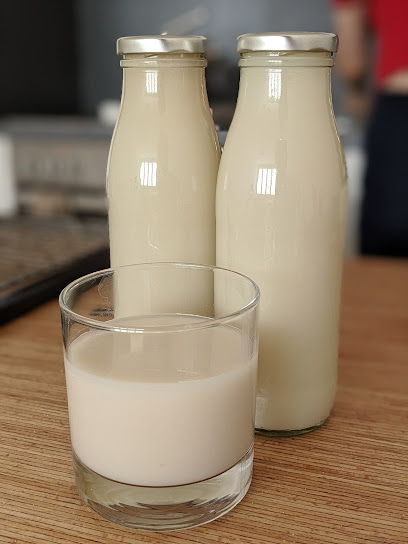
Kasuo Restaurant
Experience the essence of Yangor through the rich flavors and inviting atmosphere of Kasuo Restaurant, a must-visit dining spot for travelers.

Naoero Central
Experience the convenience of Naoero Central in Arijejen, your go-to spot for snacks, beverages, and local essentials during your travels.

AIA Grog bar
Experience the vibrant nightlife at AIA Grog Bar in Anabar, where locals and travelers gather for drinks, music, and unforgettable moments.

Angel Grog Bar
Experience the vibrant nightlife of Yaren at Angel Grog Bar, a lively destination for drinks, laughter, and local culture.

Local Phrases
-
- HelloIa orana
[ya oh-rah-nah] - GoodbyeAere ra
[eye-reh rah] - YesE
[eh] - NoAita
[eye-tah] - Please/You're welcomeMaeva
[my-eh-vah] - Thank youMauruuru
[mah-roo-roo] - Excuse me/SorryTatou
[tah-toh] - How are you?E aha ta oe?
[eh ah-hah tah oh-eh] - Fine. And you?Maitai. O oe?
[my-tie. oh oh-eh] - Do you speak English?Ua haere oe i te reo anga?
[oo-ah ha-eh-reh oh-eh ee teh reh-oh ahng-ah] - I don't understandUaore au i te haamataa
[oo-ah-oh-reh oh ee teh hah-ah-mah-tah]
- HelloIa orana
-
- I'd like to see the menu, pleaseE mea haere mai au e titau i te manu, maruru
[eh meh-ah ha-eh-reh my oh eh tee-tow ee teh mah-noo mah-roo-roo] - I don't eat meatUaore au i te kai e kai pararaa
[oo-ah-oh-reh oh ee teh kai eh kai pah-rah-rah] - Cheers!Manuia!
[mah-noo-ee-ah] - I would like to pay, pleaseE mea haere mai au e utu, maruru
[eh meh-ah ha-eh-reh my oh eh oo-too mah-roo-roo]
- I'd like to see the menu, pleaseE mea haere mai au e titau i te manu, maruru
-
- Help!Aide!
[eye-day] - Go away!Haere atu!
[ha-eh-reh ah-too] - Call the Police!Taitai i te farani!
[tie-tie ee teh fah-rah-nee] - Call a doctor!Taitai i te faatere!
[tie-tie ee teh fah-ah-teh-reh] - I'm lostUa haere au i te haere
[oo-ah ha-eh-reh oh ee teh hah-eh-reh] - I'm illUaore au i te ora
[oo-ah-oh-reh oh ee teh oh-rah]
- Help!Aide!
-
- I'd like to buy...E mea haere mai au e hoko...
[eh meh-ah ha-eh-reh my oh eh hoh-koh] - I'm just lookingE manuia au e titau
[eh mah-noo-ee-ah oh eh tee-tow] - How much is it?E aha te moni?
[eh ah-hah teh moh-nee] - That's too expensiveTeitei te moni
[tay-ee-tay teh moh-nee] - Can you lower the price?E taea e te faatei te moni?
[eh tah-eh-ah eh teh fah-ah-tay teh moh-nee]
- I'd like to buy...E mea haere mai au e hoko...
-
- What time is it?E aha te haa e haapiti?
[eh ah-hah teh hah-ah eh hah-ah-pee-tee] - It's one o'clockTe haa e te tahi
[teh hah-ah eh teh tah-hee] - Half past (10)E haapiti o te tekau
[eh hah-ah-pee-tee oh teh teh-kow] - MorningPō
[poh] - AfternoonArepō
[ah-reh-poh] - EveningAfu
[ah-foo] - YesterdayAroa
[ah-roh-ah] - TodayA tenei ra
[ah teh-neh-ee rah] - TomorrowApareira
[ah-pah-reh-ee-rah] - 1Tahi
[tah-hee] - 2Rua
[roo-ah] - 3Toru
[toh-roo] - 4Wha
[fah] - 5Rima
[ree-mah] - 6Ono
[oh-noh] - 7Fitu
[fee-too] - 8Valu
[vah-loo] - 9Iva
[ee-vah] - 10Tekau
[teh-kow]
- What time is it?E aha te haa e haapiti?
-
- Where's a/the...?E aha ia te...?
[eh ah-hah ee-ah teh] - What's the address?E aha te tuhinga?
[eh ah-hah teh too-hee-ngah] - Can you show me (on the map)?E taea e te faaahow mai ia au (i te mahere)?
[eh tah-eh-ah eh teh fah-ah-hoh mah-ee ee-ah oh (ee teh mah-heh-reh)] - When's the next (bus)?E aha te haa o te ra e haere mai?
[eh ah-hah teh hah-ah oh teh rah eh ha-eh-reh my] - A ticket (to ....)Te tiketi (ki ...)
[teh tee-keh-tee (key)]
- Where's a/the...?E aha ia te...?
History of Aiwo
-
Long before European contact, Aiwo was one of the areas inhabited by the indigenous Nauruan people. The inhabitants lived a subsistence lifestyle, relying heavily on the island's natural resources, including fishing, coconut farming, and the cultivation of pandanus and other local plants.
-
In the late 19th century, European explorers and missionaries began to arrive in Aiwo. The London Missionary Society established a presence on the island, introducing Christianity and Western education. This period marked significant changes in the social and cultural fabric of Aiwo and the rest of Nauru.
-
The discovery of rich phosphate deposits in Aiwo in the early 20th century transformed the area's economy. The British Phosphate Commissioners began large-scale mining operations, which brought considerable economic activity and migration to Aiwo. This period saw the construction of infrastructure, including the Aiwo Boat Harbor, to facilitate the export of phosphate.
-
During World War II, Aiwo and the rest of Nauru were occupied by Japanese forces from 1942 to 1945. The occupation had a profound impact on the local population, with many Nauruans being forcibly relocated to other islands. The Japanese also fortified Aiwo, leaving remnants of bunkers and coastal defenses that can still be seen today.
-
After World War II, Aiwo underwent significant reconstruction as part of Nauru's recovery efforts. The phosphate industry resumed, and Aiwo became one of the key administrative and commercial centers. Nauru gained independence in 1968, and Aiwo played a central role in the newly formed Republic of Nauru, housing several important government and industrial facilities.
-
Today, Aiwo is a vibrant district that reflects both its historical legacy and modern developments. The Aiwo District is home to a mix of traditional Nauruan culture and contemporary influences. Visitors can explore the Aiwo Boat Harbor, historical mining sites, and local markets that offer a glimpse into the daily life and enduring traditions of the Nauruan people.
Aiwo Essentials
-
Aiwo is located on the island nation of Nauru in the Pacific Ocean. The only international gateway to Nauru is the Nauru International Airport (INU) located in Yaren District, a short drive from Aiwo. Flights to Nauru are limited and primarily serviced by Nauru Airlines, which operates routes from Australia, Fiji, and other Pacific islands. There are no direct flights from Europe or the Americas, so travelers will need to connect through one of these locations.
-
Nauru is a small island, and Aiwo is easily navigable. Car rentals are available, and driving is on the left-hand side of the road. Taxis are also available but may need to be arranged in advance. There is no formal public transport system, but locals often use bicycles and motorbikes for short distances. Walking is a viable option for exploring Aiwo given its compact size.
-
The official currency of Nauru is the Australian Dollar (AUD). Credit cards are accepted in major hotels and some restaurants, but it is advisable to carry cash, especially when visiting smaller establishments or local markets. There are limited ATMs on the island, so it is wise to bring sufficient cash for your stay. Currency exchange services are available at the airport and some banks.
-
Aiwo is generally a safe destination for tourists. However, it is advisable to take standard precautions. Avoid walking alone at night in unfamiliar areas and keep an eye on your belongings in crowded places. While there are no specific high-crime areas targeting tourists, it is always best to stay vigilant and aware of your surroundings. The local community is friendly and welcoming.
-
In case of emergency, dial 110 for police, 111 for the fire department, and 112 for medical emergencies. The Republic of Nauru Hospital is located in Yaren District and provides basic medical services. It is recommended to have travel insurance that covers medical emergencies and evacuation if necessary. For minor health issues, there are pharmacies available in Aiwo and other districts.
-
Fashion: Do dress modestly, especially when visiting public places. Avoid wearing overly revealing clothing. Religion: Do respect local customs and traditions. Be mindful of local religious practices and dress codes. Public Transport: Do be respectful when using local transport options. Don't expect formal schedules or routes. Greetings: Do greet people with a friendly 'hello' or 'good day'. Locals appreciate politeness and friendliness. Eating & Drinking: Do try local cuisine and specialties. Don't refuse food or drink offered by locals, as it is considered impolite.
-
To experience Aiwo like a local, visit the local markets where you can buy fresh produce and traditional Nauruan goods. Engage with locals, as they are often friendly and willing to share stories about the island's history and culture. Don't miss visiting the remnants of the phosphate mining sites, which have played a significant role in Nauru's history. For a unique experience, take a walk along the coastal areas to enjoy the stunning Pacific Ocean views and visit the Buada Lagoon in the central part of the island.
Nearby Cities to Aiwo
-
Things To Do in Boe
-
Things To Do in Denigomodu
-
Things To Do in Buada
-
Things To Do in Uaboe
-
Things To Do in Yaren
-
Things To Do in Anibare
-
Things To Do in Ijuw
-
Things To Do in Anabar
-
Things To Do in Kosrae
-
Things To Do in Mili
-
Things To Do in Majuro
-
Things To Do in Aur
-
Things To Do in Lata
-
Things To Do in Auki
-
Things To Do in Tulagi

